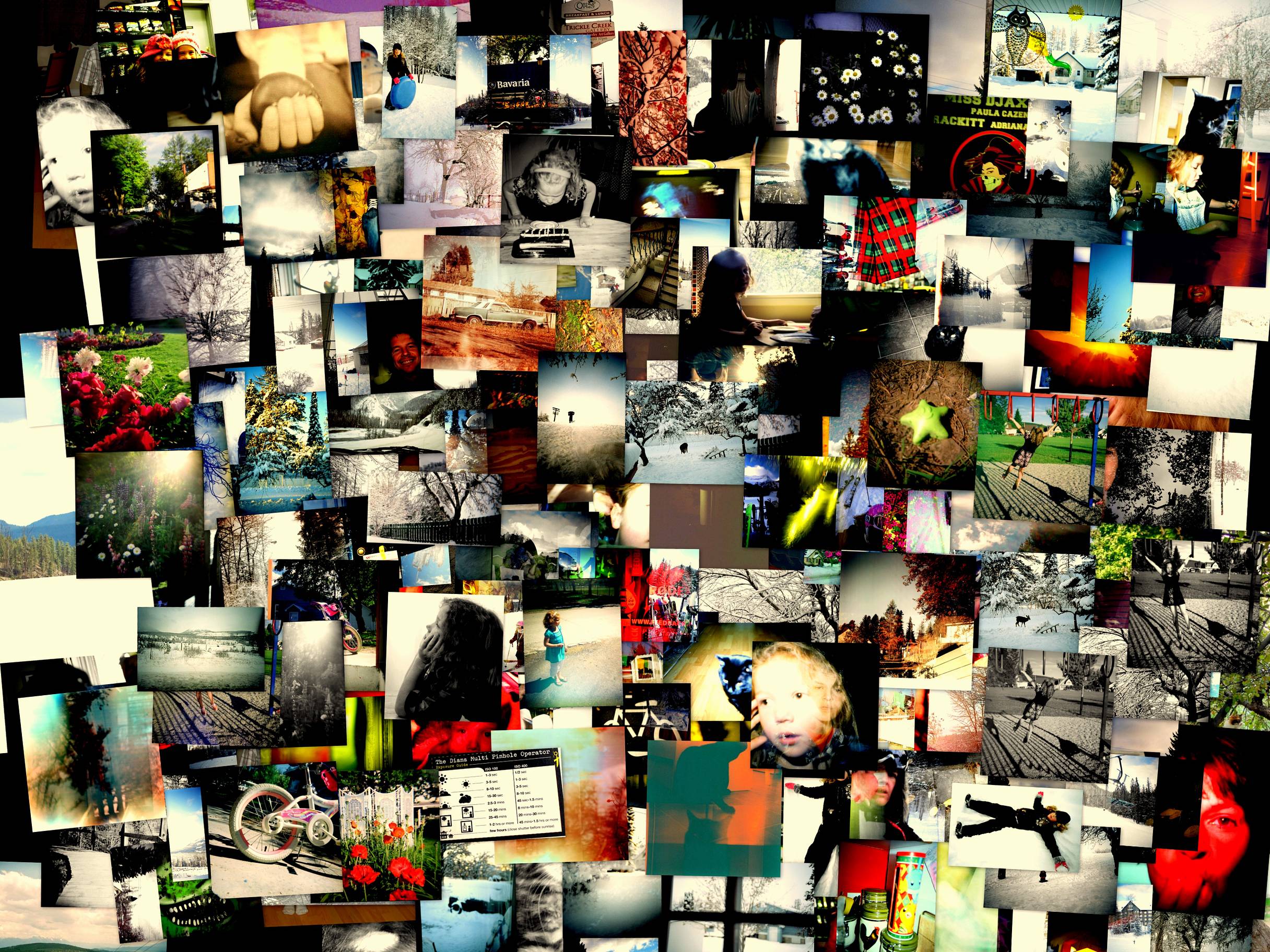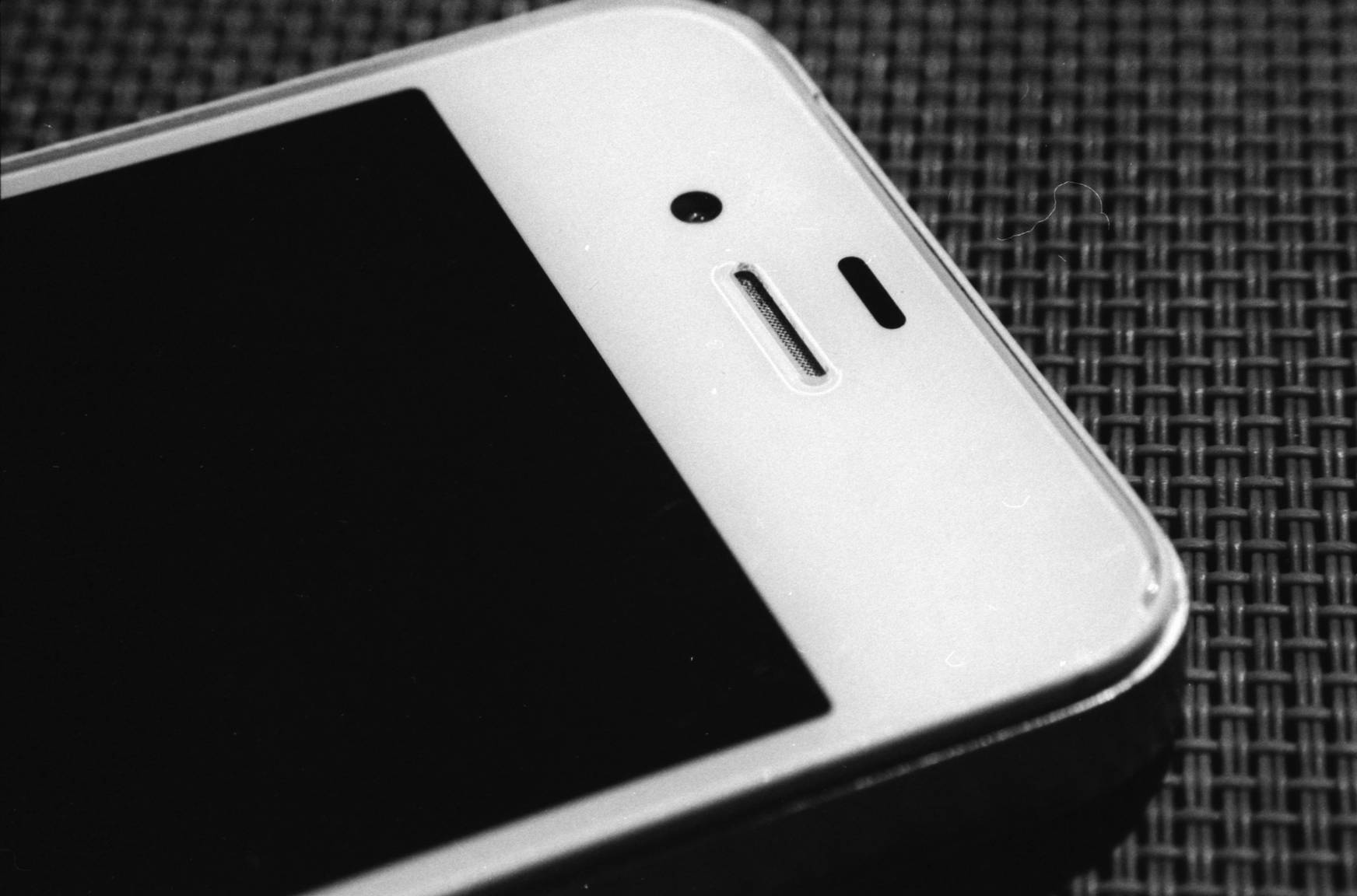Lomo In-Depth: Aesthetic Consumerism in Photography – a Problem or a Trend?
8 11 Share TweetIt is the artistic photographer’s goal to bring out the very best of photography — either for art or science. In this age, enhanced technology and countless renovations of the camera could only make the practice of photography easier as compared to then. Moments captured by smartphone cameras and post-processed by filters create illusions of perfect but artificial realities easily.
A surplus of images: a harmless, digital-aged trend?

If people are to recall photography’s history, photography started out to be popular among the niche, then grew to appeal to the masses due to the steady evolution of the camera. The number of people fascinated with photography never stopped since its dawn, to the point that some have grown addiction to aggressively idealize their experiences and realities thanks to the photography’s exceptional power to ‘control’. The large, daily number of images published in social media and image-sharing platforms such as Instagram are testaments to this.
Unfortunately, it seems the surplus of photographs and images are no good news to the art of photography.
A problem of photography as an art form
The famous intellectual Susan Sontag had already foreseen this trend before the advent of the digital medium. Sontag has noticed the growing need of people to have reality affirmed by photographs. The photograph is no longer just a souvenir, but an item which confirms that a certain human experience has actualized.
How photography became an aesthetic consumerist medium is best explained through a passage lifted from Sontag’s “On Photography”:
“Needing to have reality confirmed and experience enhanced by photographs is an aesthetic consumerism to which everyone is now addicted.”
Moreover, in the light of social media and Instagram, this aesthetic consumerist mentality on images has led to the degenerating of photography as an art. Brain Pickings author Maria Popova confirms Sontag’s beliefs on the aesthetic consumerism of photography:
“Online, thirty-some years after Sontag’s observation, this aggression precipitates a kind of social media violence of self-assertion — a forcible framing of our identity for presentation, for idealization, for currency in an economy of envy. Even in the 1970s, Sontag was able to see where visual culture was headed, noting that photography had already become ‘almost as widely practiced an amusement as sex and dancing’ and had taken on the qualities of a mass art form, meaning most who practice it don’t practice it as an art. Rather, Sontag presages, the photograph became a utility in our cultural power-dynamics: ‘It is mainly a social rite, a defense against anxiety, and a tool of power.’”

This photographic trend rampant in the landscape of social media not only diminishes the status of photography as an art form, but also injures those people who do strenuously practice art photography. An icon such as Ansel Adams and a celebrated Instagram user can share the same title of being a photographer. Elise Lévêque of Social Media Today believes that despite the photographic trend and how social media damages some artists’ feelings towards photography, art photography will not vanish.
“Photographs used to be something to cherish. A good piece of photography even more so… Now, with Instagram, photography has become the actual medium of social communication. What’s more, Joe Bloggs has convinced himself photography is easy. Just take a photo, set it in sepia, blur a few bits here and there and whack on an edgy border. 58 likes? Why, you’re a modern day Ansel Adams. You certainly are not. But let’s rein it in a bit: social media won’t destroy the art of photography. But for me, social media is damaging my attitudes towards photographs. As I’ve said, the market is saturated with crappy photographs. And photographers are in agreement that social media is encouraging lazy photography.”
Social media will definitely not kill art photography, but it does seem to harm people’s respect towards contemporary photography.
What do you think of today’s rampant aesthetic consumerism in photographs? Share it to us with a comment below.
written by Ciel Hernandez on 2016-05-14 #lifestyle #lomo-in-depth #aesthetic-consumerism #susan-sontag



















8 Comments